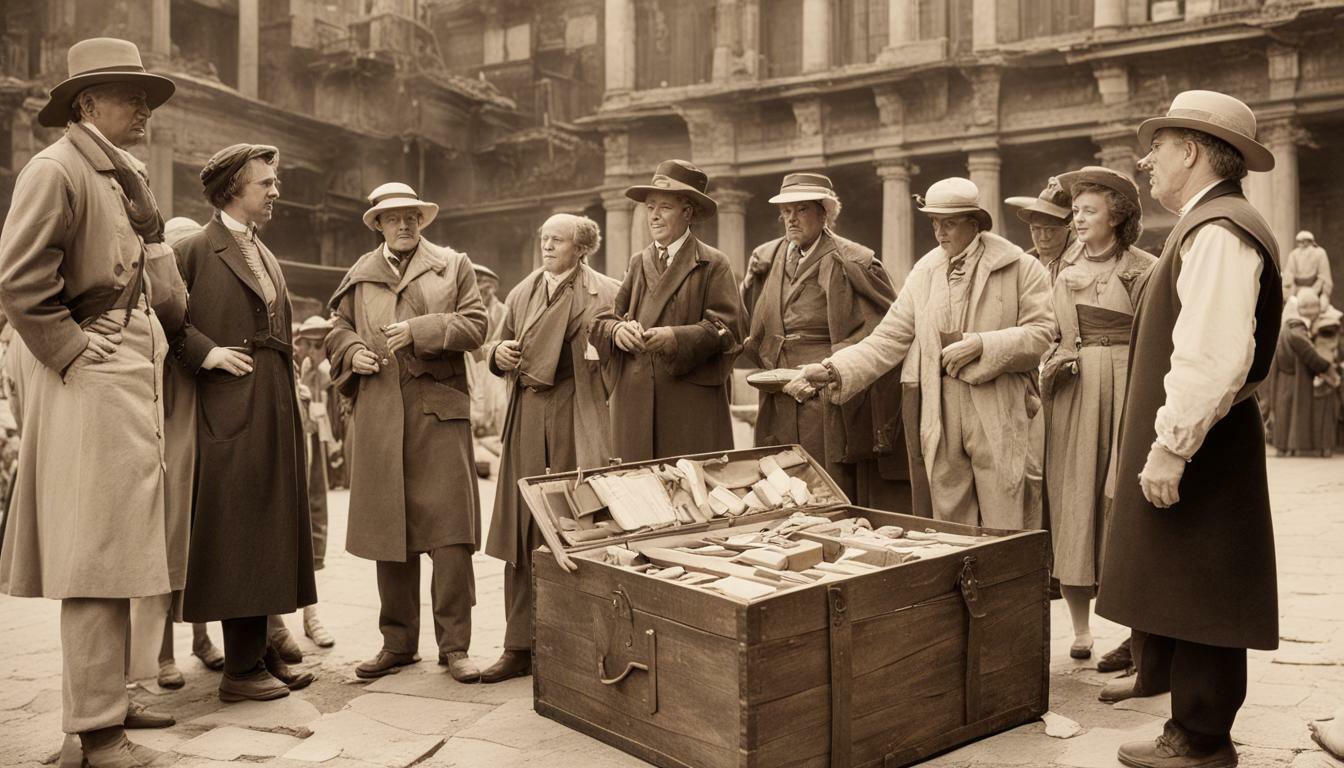Historical tour guides play a crucial role in providing informative experiences and insights into the past. However, working in historical sites can also pose risks and hazards to both the tour guides and their groups. That’s why having essential first aid kits for historical tour guides is crucial to ensure informative safety and emergency preparedness.
These kits should include the necessary safety equipment and first aid essentials to tackle potential injuries and medical emergencies that may occur during the tour. Moreover, taking proper safety measures and being prepared for emergencies can further enhance the safety of tour guides and their groups.
In this section, we will delve into the importance of first aid kits for historical tour guides, the necessary safety measures and first aid essentials, emergency preparedness, and ways to ensure the safety of tour guides and their groups when visiting historical sites.
Key Takeaways:
- First aid kits for historical tour guides are essential for informative safety and emergency preparedness.
- The kits should include necessary safety equipment and first aid essentials.
- Taking proper safety measures and being prepared for emergencies can further enhance safety.
- Ensuring the safety of tour guides and their groups is crucial when visiting historical sites.
Why First Aid Kits are Crucial for Historical Tour Guides
When it comes to historical tours, safety should always be a top priority. As a historical tour guide, it’s your responsibility to ensure that your group stays safe and informed throughout the tour. One way to enhance informative safety is by having a first aid kit on hand. In this section, we’ll explore why first aid kits are crucial for historical tour guides and how they contribute to safety measures.
As a historical tour guide, you may encounter various hazards during your tours, such as slippery floors, uneven terrain, or weather-related risks. In such situations, having a first aid kit can be a lifesaver. By having the right safety equipment on hand, you can administer immediate care in case of injuries or medical emergencies. A first aid kit is an essential tool for any tour guide looking to provide a safe and informative tour to their group.
Another reason why first aid kits are crucial for historical tour guides is that they contribute to the safety measures you should implement during your tours. Safety measures can help reduce the risk of accidents and injuries during tours. By following proper protocols and having the necessary safety equipment, you can create a secure environment for both yourself and your group.
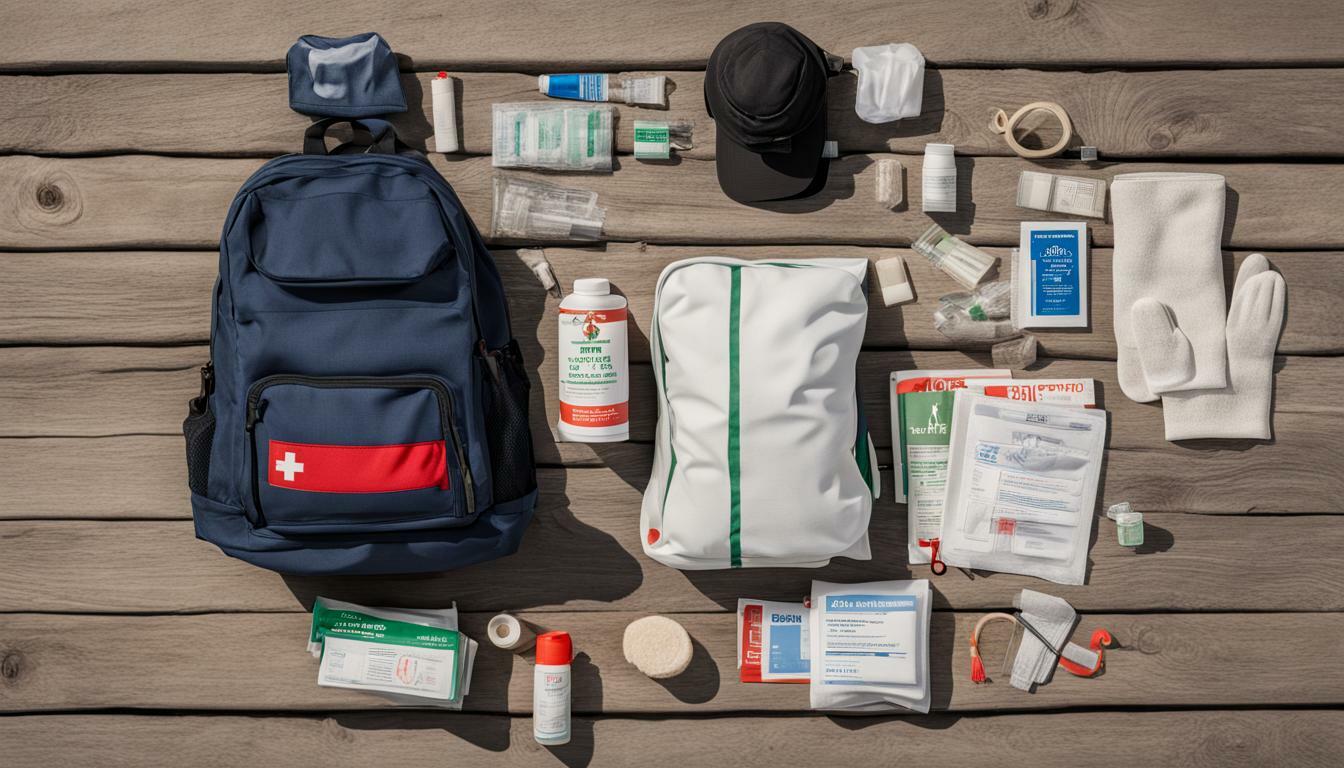
When it comes to safety, taking precautions is key. By having a first aid kit and implementing proper safety measures, historical tour guides can enhance the safety of their group and minimize the likelihood of accidents during the tour. Don’t take any risks when it comes to safety – invest in a first aid kit and prioritize safety measures.
Safety Measures for Historical Tour Guides
Historical tour guides play a crucial role in ensuring the safety of their groups when visiting historical sites. By implementing specific safety measures, tour guides can reduce the risk of accidents and create a secure environment for both themselves and their visitors. Here are some guidelines for navigating historical sites safely:
| Safety Measures | Description |
|---|---|
| Plan the tour | Before the tour, tour guides should research the site and plan the itinerary, taking into account any potential hazards or safety concerns. |
| Set guidelines | Tour guides should establish clear guidelines for their groups, such as staying together, avoiding restricted areas, and following safety precautions. |
| Communicate risks | Tour guides should communicate any safety risks to their groups and provide instructions on how to avoid them. |
| Be prepared | Tour guides should carry first aid kits and emergency supplies and have a plan in place for responding to emergencies. |
| Stay vigilant | Tour guides should remain vigilant throughout the tour and be alert to any potential safety hazards. |
By following these safety measures, tour guides can ensure a safe and enjoyable experience for their groups when visiting historical sites. Additionally, these measures can contribute to informative safety and enhance the overall quality of the tour.

Implementing safety measures is crucial for tour guide safety, historical sites safety, and tour group safety. Tour guides should take proactive steps to ensure the well-being of their groups, including establishing clear guidelines, communicating risks, and carrying first aid kits. By creating a secure environment, tour guides can promote a culture of safety and enhance the overall experience for their visitors.
First Aid Essentials for Historical Tour Guides
Carrying a well-stocked first aid kit is crucial for historical tour guides to provide immediate care in case of injuries or medical emergencies. Whether it’s a minor cut or a more severe medical condition, having the necessary first aid essentials can make all the difference in ensuring the safety and well-being of tour groups. As such, it’s important to include basic safety equipment and emergency preparedness items in these kits.
Some of the first aid essentials that historical tour guides should consider including in their kit are:
| Item | Use |
|---|---|
| Bandages | To cover cuts, scrapes, and wounds |
| Antiseptics | To clean wounds and reduce the risk of infection |
| Pain relievers | To alleviate pain and discomfort |
| CPR masks | To assist with CPR and protect the rescuer from infection |
| Emergency contact information | To have on hand in case of emergencies |
It’s important to ensure that the first aid kit is kept well-organized and easily accessible during tours. A portable, lightweight kit that can be carried around easily is ideal. Tour guides should periodically check and restock their kits to ensure that supplies are up-to-date and readily available in case of emergencies.
Remember, first aid essentials are just one part of ensuring the safety of historical tour groups. Proper safety measures, emergency preparedness, and training and certification are equally important in maintaining a secure and informed environment.

Maintaining First Aid Kits: Best Practices
Proper maintenance of first aid kits is essential for ensuring the safety of historical tour guides and their groups. Here are some best practices to follow:
Regularly check and restock supplies
It is crucial to check the contents of first aid kits regularly, ideally before each tour. Make sure all items are within their expiry dates and are in good condition. Restock any used or expired supplies immediately. Keep a checklist of the contents and tick them off after every use to ensure that nothing is missed.
Keep kits organized and accessible
Store first aid kits in a designated location that is easily accessible to tour guides. Ensure that the kits are organized with clearly labeled compartments for different items. This makes it easier to find the necessary supplies quickly in case of an emergency.
Have backup kits available
Accidents happen, and it’s always better to be safe than sorry. Having backup first aid kits on hand can be a lifesaver in case the primary kit is lost, damaged, or depleted. Keep spare kits in a secure location and make sure everyone knows where to find them.
Train guides in using first aid equipment
Simply having first aid kits isn’t enough- It is imperative to ensure that tour guides are trained in using the equipment and administering basic first aid. Provide training and refresher courses regularly to ensure that everyone is up to date on the latest safety practices.
Following these best practices will help ensure that first aid kits are always ready for any potential emergencies and enhance emergency preparedness for historical tour guides.

Training and Certification for Historical Tour Guides
Training and certification are essential for historical tour guides, not only to enhance their knowledge and skills but also to ensure safety and emergency preparedness. Tour guides should consider acquiring First Aid and CPR training to handle emergency situations confidently.
Moreover, historical tour guides should also be familiar with specific safety protocols for historical sites to reduce the risk of accidents and guarantee the safety of their groups. Through proper training, tour guides can integrate safety practices into their tours, create a secure environment, and prevent avoidable injuries.
Benefits of Training and Certification
Acquiring training and certification for historical tour guides promotes professionalism, enhances their credibility, and builds trust among tourists. Through training, tour guides learn how to identify potential safety risks, take preventive measures, and respond to various emergency situations.
Moreover, certification programs provide tour guides with the latest information on safety regulations, guidelines, and best practices. Tour guides who are up-to-date with safety measures and regulations can ensure the safety of their tour groups and minimize hazards.
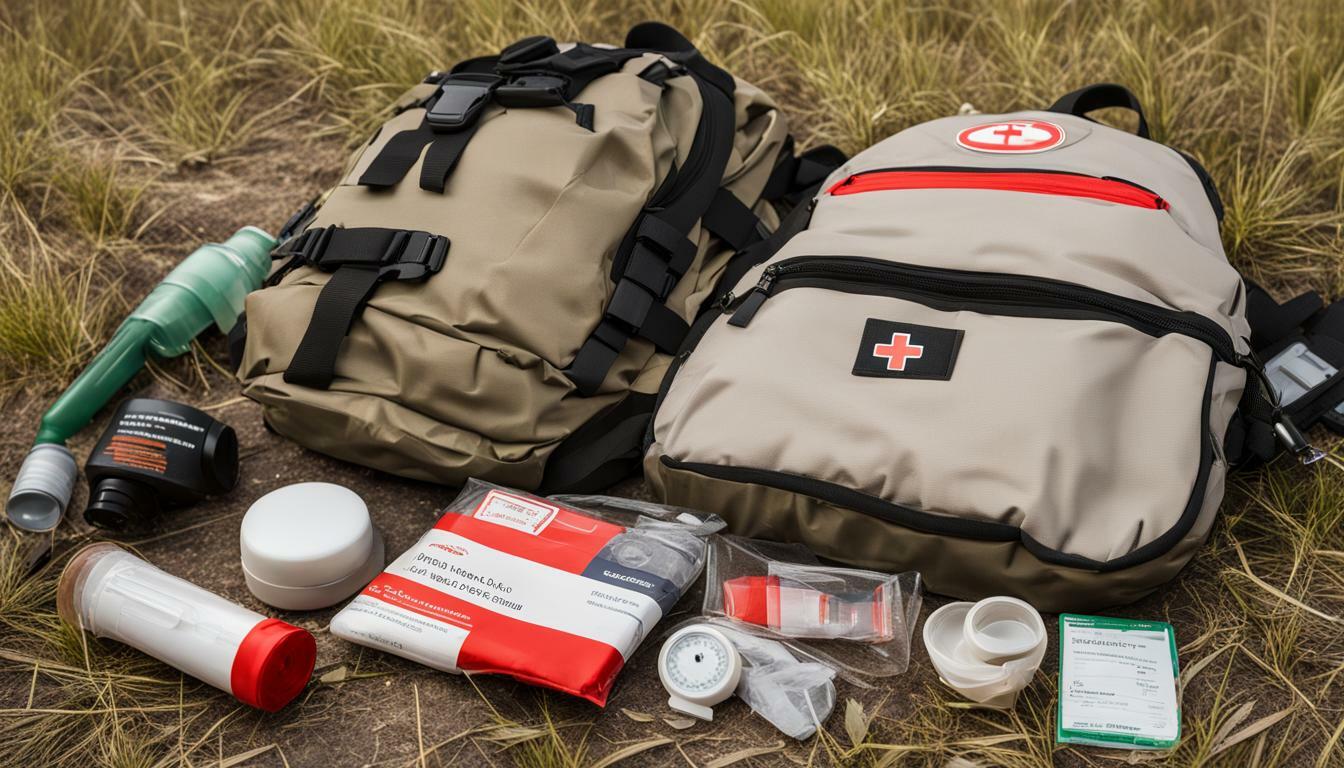
Emergency Preparedness
Being prepared is essential to ensure the safety of tourists and tour guides in case of emergencies. Historical tour guides should consider incorporating emergency preparedness training into their certification programs and include emergency supplies such as flashlights, blankets, and whistles in their first aid kits.
Tour guides should also have a plan in place in case of emergencies, including identifying potential risks, assigning roles and responsibilities, and having emergency contact information readily available. By being prepared, historical tour guides can maintain the trust and confidence of their clients and provide a safe and enjoyable experience.
Collaborating with Local Authorities and Emergency Services
Collaborating with local authorities and emergency services is crucial in ensuring the safety of historical sites and the tour groups visiting them. It is important for historical tour guides to establish a relationship with local authorities and emergency services prior to their tours. This can help in case of any incidents, as emergency services can be contacted immediately, and there is a coordinated response to any unforeseen situations.
Local authorities can also provide valuable information to historical tour guides about safety measures and risks associated with the historical sites. This information can help tour guides in preparing their groups for the tour and ensuring their safety during the visit. Engaging with local authorities can also help in acquiring permits and permissions required for conducting tours at specific historical sites.
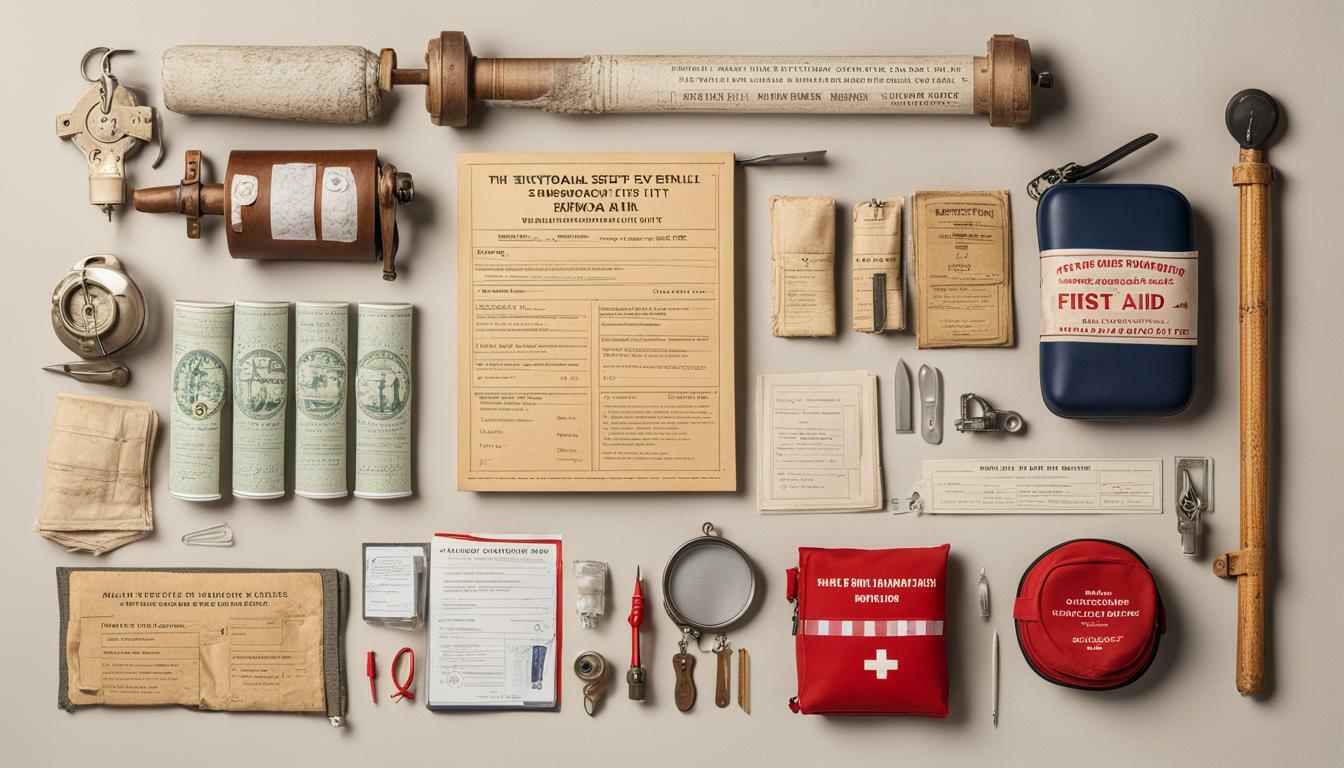
Emergency services can assist historical tour guides in case of any medical emergencies or accidents during the tour. It is essential for tour guides to have a well-equipped first aid kit and know how to use it, but emergency services can provide additional support when needed. Tour guides should also have emergency contact information for local services readily available, including ambulance services and the police.
By collaborating with local authorities and emergency services, historical tour guides can create a safer environment for their tour groups and ensure that any incidents are managed efficiently. This can help in enhancing the experience of the tour and promote safety awareness among the participants.
Case Studies: Successful First Aid Interventions by Historical Tour Guides
Having well-equipped first aid kits and implementing safety measures can make a significant difference in handling emergencies. Here, we present two case studies showcasing successful first aid interventions by historical tour guides:
The Heat Stroke Incident
During a tour of a historical site on a hot summer day, one of the tourists suddenly collapsed due to heatstroke. The tour guide quickly accessed his first aid kit, placed the tourist in a shaded area, and elevated their legs to increase blood flow to the brain. The guide then used cold compresses from the kit to cool down the tourist while waiting for emergency services to arrive. Thanks to the quick and efficient intervention, the tourist made a full recovery.
The Bee Sting Incident
While exploring a historical garden, one of the tourists got stung by a bee and had an allergic reaction. The tour guide immediately administered antihistamines from their first aid kit and called for emergency services. The guide also took measures to prevent other tourists from getting stung by relocating the group to a safer area. Thanks to the timely intervention and preparation, the tourist recovered without any further complications.
These case studies demonstrate the importance of prioritizing informative safety, being prepared for emergencies, and having well-stocked first aid kits. As historical tour guides, it is crucial to follow safety measures and be ready to handle unexpected situations to ensure the safety and well-being of ourselves and our tour groups.

Preparing Tour Groups for Safety: Communication and Education
As a historical tour guide, ensuring the safety of your group is paramount. Proper communication and education are essential to creating a culture of safety among your participants. Effective safety communication begins with setting clear expectations and establishing guidelines from the start of the tour.
It is crucial to educate your group about safety measures and emergency procedures, including what to do in the event of an injury or medical emergency. Encourage everyone to actively participate in safety practices, such as following designated paths and staying within designated areas.
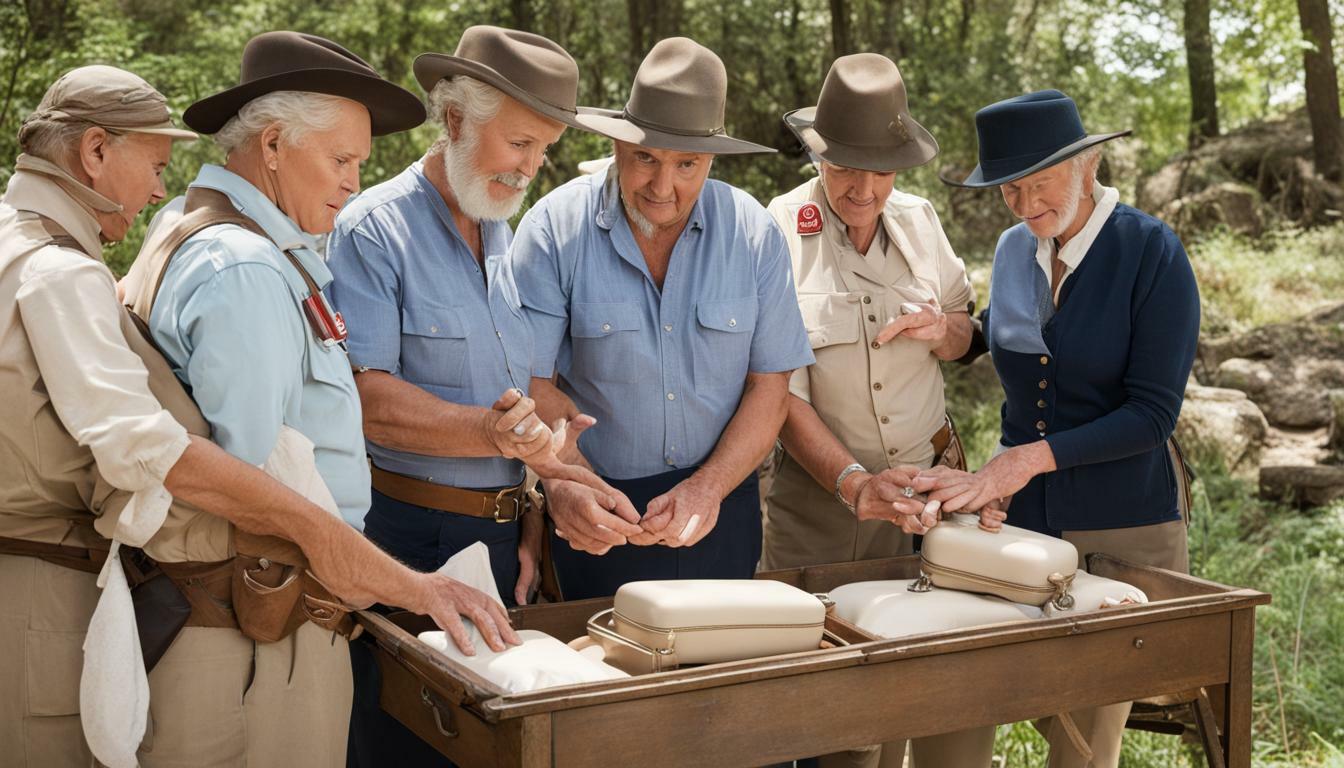
Another important aspect of safety communication is addressing any concerns or questions that may arise during the tour. Encourage participants to ask questions, share concerns, and offer feedback throughout the journey. This not only reassures them but also helps you identify potential safety hazards that may need addressing.
Engaging participants in safety practices and fostering a culture of safety requires a collaborative effort between the tour guide and the group. By proactively involving participants in safety awareness, you can create a safe and enjoyable experience for everyone involved.
Integrating NLP Techniques for Safety Communication
Neuro-Linguistic Programming (NLP) is a powerful tool that can be used to enhance safety communication among historical tour guides and their groups. NLP is a method of communication that aims to influence positive behaviours by using language and other techniques to alter the way people perceive and respond to information.
When it comes to safety communication, NLP can be used to enhance informative safety by encouraging participants to adopt positive attitudes towards safety measures and emergency preparedness. One of the key benefits of NLP is its ability to engage participants on an emotional level, making them more receptive to safety messages and more likely to take action when necessary.
For example, tour guides can use NLP techniques to frame safety measures in a positive light, emphasizing the benefits of staying safe while exploring historical sites. By using positive language and focusing on the benefits of safety, tour guides can help to create a culture of safety within their groups, where participants are motivated to take an active role in their own safety.
Another benefit of NLP is its ability to help participants overcome fear and anxiety related to safety concerns. By using techniques like reframing and anchoring, tour guides can help participants to reframe their thoughts and emotions around safety, giving them the confidence and resilience they need to stay safe in challenging situations.

Incorporating NLP techniques into safety communication requires a certain level of training and expertise. However, by investing in the proper training, historical tour guides can enhance their ability to communicate safety messages effectively and create a safer, more enjoyable experience for their groups. By integrating NLP techniques with other safety measures and emergency preparedness strategies, tour guides can help to ensure the well-being of their groups while exploring the fascinating history of our world.
Engaging Tourists in Safety: The Role of Historical Tour Guides
Historical tour guides play a crucial role in ensuring the safety of their tour groups. They are responsible for implementing safety measures and communicating important information to their participants. However, engaging tourists in safety practices goes beyond just providing information. It involves creating a culture of safety in which tourists actively participate and take responsibility for their well-being.
One effective way of engaging tourists in safety is by involving them in safety measures from the start. Tour guides should set expectations and clearly communicate safety guidelines before the tour begins. This includes highlighting potential hazards and presenting safety measures that will be put in place, such as using designated paths or staying in a group. Tourists should be encouraged to ask questions and voice any concerns they may have before the tour begins.
During the tour, historical tour guides should regularly remind participants of safety measures, pointing out potential hazards and reinforcing the importance of following guidelines. Guides can also use visuals and demonstrations to make safety information more engaging and memorable. For example, a guide might demonstrate the proper use of a first aid kit or show tourists a short video on emergency preparedness.
Additionally, involving tourists in safety practices can be a great way to promote teamwork and create a more enjoyable experience for the group. This can include assigning roles, such as a designated first aider or emergency responder, and encouraging communication among group members.
Overall, historical tour guides play a crucial role in creating informative safety and building a culture of safety among tourists. By involving tourists in safety practices and creating an engaging environment, tour guides can help ensure the well-being of their groups and enhance the overall tour experience.
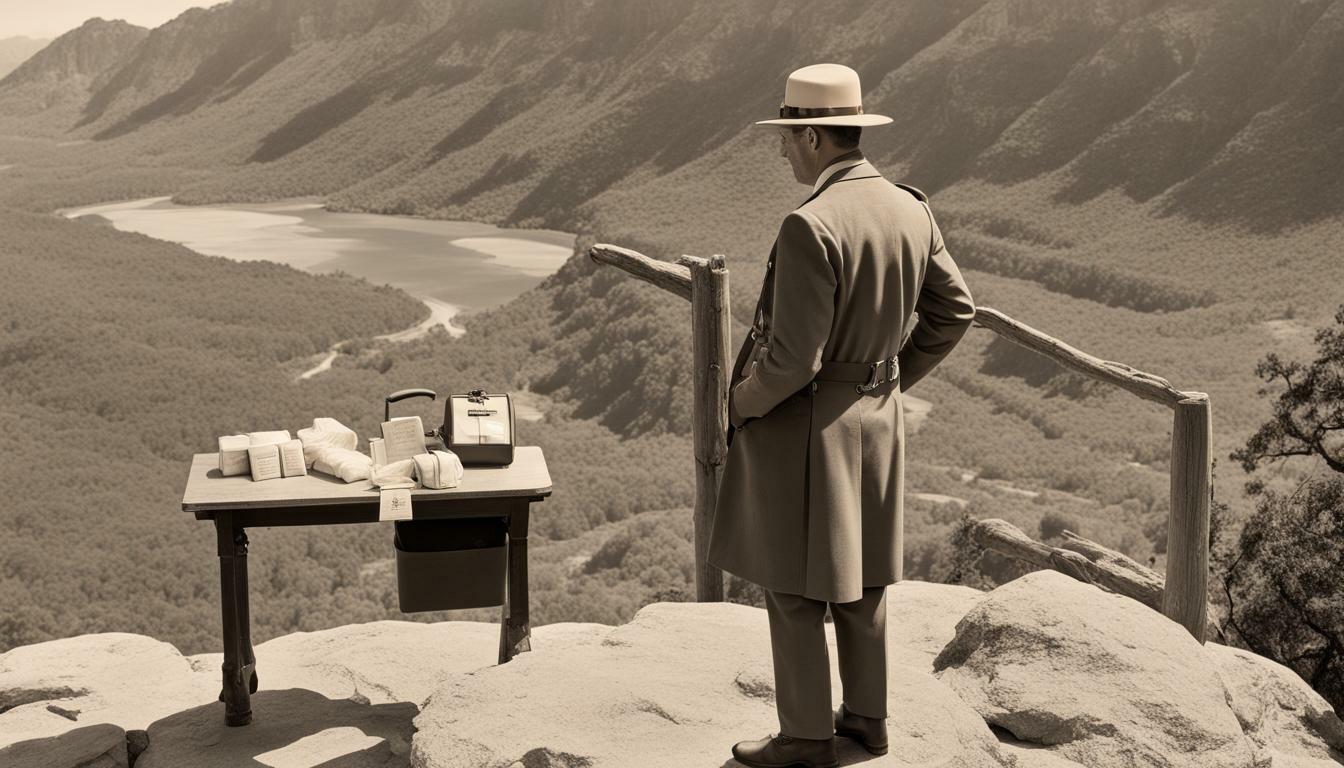
Conclusion
Overall, ensuring the safety of historical tour guides and their groups should be a top priority. First aid kits play a critical role in enhancing informative safety, and including essential medical supplies and emergency equipment can make all the difference in the event of an unexpected incident. Additionally, taking proper safety measures, acquiring proper training and certification, and collaborating with local authorities and emergency services can contribute to a safe and enjoyable historical tour experience. By effectively communicating and educating tourists about safety measures and integrating NLP techniques, tour guides can create a culture of safety within their groups. By following the best practices outlined in this article, historical tour guides can prepare themselves and their groups for a safe and informative journey through history.
